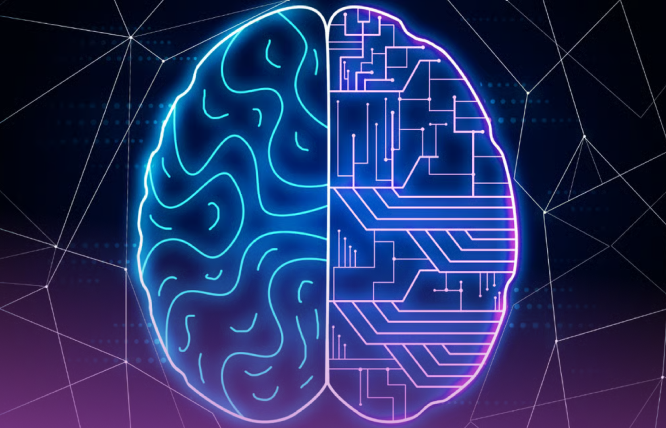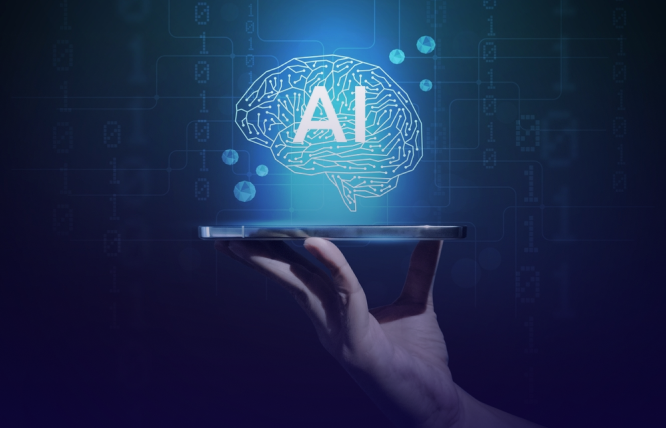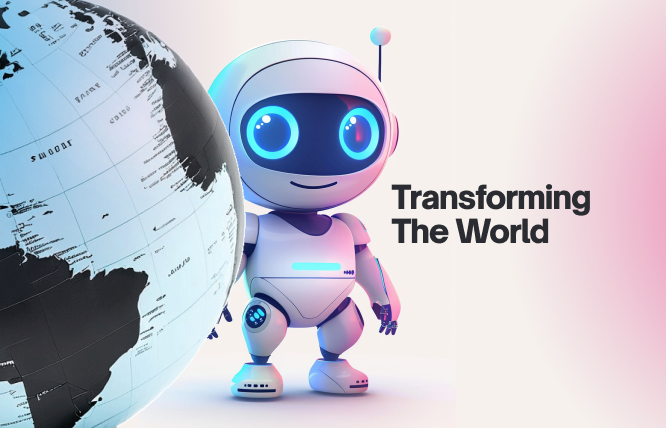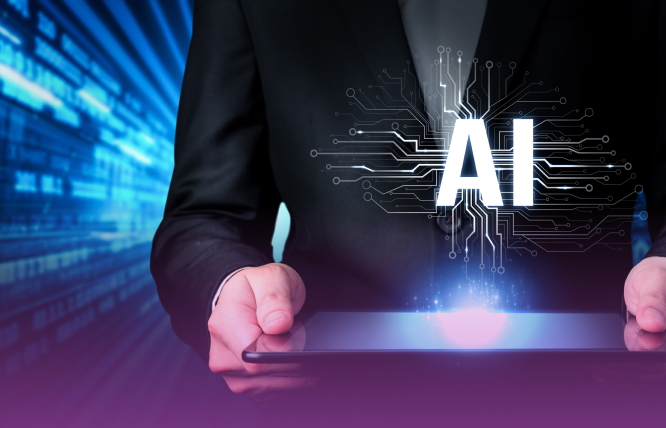Introduction
What is the difference between artificial intelligence and machine learning? AI creates intelligent systems, while ML enables machines to learn from data. Both have a wide range of applications across industries, and work together to create intelligent and powerful systems.
If you are wondering what is the difference between artificial intelligence and machine learning, keeping reading this blog to know the answer. Both these technologies involve the development of intelligent systems, but there are fundamental differences in their applications and approaches. Knowing the differences will help you answer queries like how can AI help my business or how to use artificial intelligence to make money”
Let’s start with the definitions.
| Term | Definition |
Artificial Intelligence (AI) | Human intelligence simulation in machines that lets them perform tasks that usually require human intelligence |
Machine Learning (ML) | This is AI’s subset that enables machines to learn from data and improve their performance over time without being explicitly programmed. |
This blog takes a detailed look at the differences between AI and ML, exploring their applications, types, definitions, and how they work with each other.
Artificial Intelligence (AI)
AI uses a broader range of technologies to create intelligent systems which can perform activities that would usually require human intelligence. Some of these activities include natural language, learning, decision-making, and problem-solving.
There are three main types of AI.
General AI: Also referred to as artificial general intelligence (AGI), it can perform any intellectual task that a person can.
Narrow AI: This AI performs specific tasks, like playing games, language translation, and facial recognition.
Superintelligence: This is a hypothetical AI that surpasses human intelligence in every aspect, like decision-making, problem-solving, and creativity.
How fast is AI advancing? Well, very fast. This is why different industries are looking into artificial intelligence digital transformation, and the usage of AI in business intelligence.
AI’s Applications
AI has a host of applications across industries, such as:
Transportation: Traffic management, autonomous vehicles
Manufacturing: Quality control, predictive maintenance
Customer service: Virtual assistants, chatbots
Finance: Risk assessment, algorithmic trading, fraud detection
Healthcare: Personalised medicine, drug discovery, diagnosis
Machine Learning (ML)
It is a subset of AI that allows machines to learn from data and improve their performance without getting explicitly programmed. There are three main types of ML algorithms.
Reinforcement Learning: The algorithms learn through trial and error, interacting within an environment and getting penalties or awards for their actions.
Unsupervised Learning: The algorithm is trained on a dataset without labelled outputs to discover relationships, structures, or patterns within the data.
Supervised Learning: The algorithm is trained on a dataset with labelled inputs and outputs to learn a mapping function that can predict outputs for unseen, new inputs.
ML Algorithms
These are the most renowned ML algorithms:
Neural Networks: Inspired by the human brain, it has neural networks made of interconnected layers of neurons that can learn complex patterns.
Decision Trees: Utilised for regression and classification
Linear Regression: Utilised for predicting numerical values
ML’s Applications
Today, ML has various applications, such as:
Anomaly Detection: Identifying unusual events or patterns in data.
Recommendation Systems: Making suggestions based on user preference.
Natural Language Processing: Understanding and generating human language.
Image Recognition: Identifying individuals, scenes, and objects in images.
Differences between Artificial Intelligence & Machine Learning
Let’s talk more about what is the difference between artificial intelligence and machine learning. First, understand that both AI and ML are closely related, with some key differences, such as:
Process: AI involves human-created algorithms and rules, while ML depends on data-driven learning.
Scope: AI uses a broader range of technologies, while ML is a subset of AI.
Purpose: AI creates intelligent systems that can do tasks like humans while ML enables machines to learn from data.
AI & ML: Working with Each Other
Both of these work together to create more intelligent and powerful systems. AI automates tasks and improves decision-making, while ML develops specific models and algorithms required to achieve those goals.
For instance, an AI system dealing with autonomous driving activity may utilise ML algorithms to predict traffic patterns, recognise objects, and make decisions regarding braking, acceleration, and steering.
What businesses might AI impact over the next decade? Some of these industries include healthcare, finance, customer service, and transportation.
This is why businesses are looking into AI and ML use cases and making sense of concepts such as neural networks vs deep learning.
Concluding Remarks
What is the difference between artificial intelligence and machine learning? It is true that both of these may be used interchangeably, but represent different concepts. AI creates intelligent systems, while ML allows machines to learn from data.
If you want to integrate AI or ML into your business, connect with FuturByte. We are a cutting-edge software development company, helping businesses leverage the power of AI to grow. Let’s start with your digital transformation roadmap and elevate your business.
Frequently Asked Questions
Yes, we can create intelligent customer service tools via AI. Let’s get in touch and schedule a free consultation call.
Yes, AI has the potential to let you reduce costs by improving efficiency and automating tasks.
Yes, small businesses can afford to implement both, especially with outsourcing options.
Natural Language Processing (NLP) is a field of artificial intelligence that deals with the interaction between human (natural) languages and computers.
Supervised learning makes use of labelled data to train a model for predictions, while unsupervised learning utilises unlabelled data to search for patterns inside the data.
Have questions or feedback?
Get in touch with us and we‘l get back to you and help as soon as we can!




